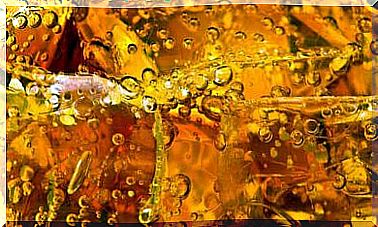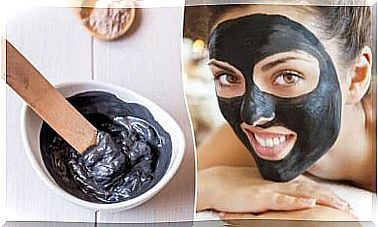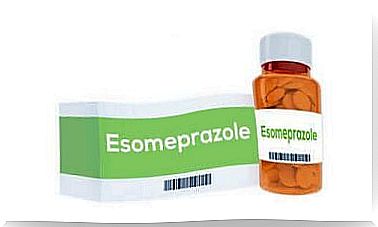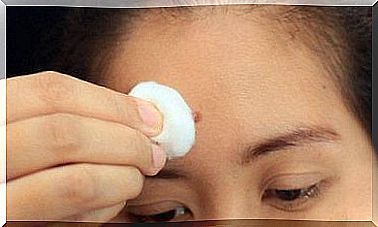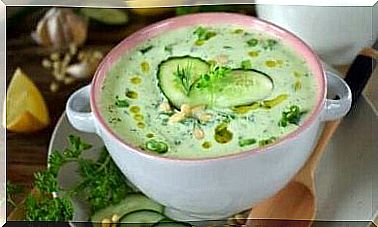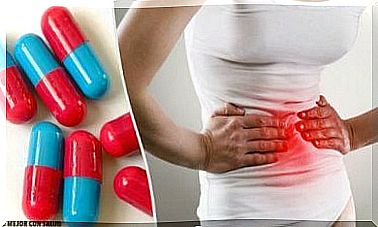Plants And Food To Prevent Blood Clotting
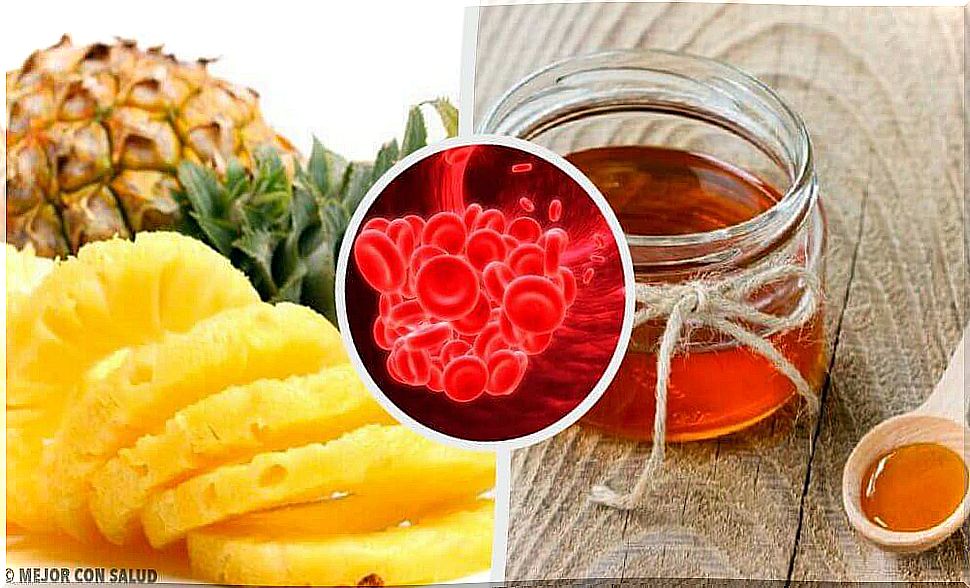
Blood clotting is the process by which the blood thickens and forms clots. However, there are products that can help prevent unwanted blood clotting.
Clots prevent blood loss (bleeding) in the event of an injury. It is a crucial part of hemostasis: stopping blood loss from damaged blood vessels.
In hemostasis, the wall of a damaged blood vessel is covered with a clot made up of fibrins and platelets to stop the bleeding and repair the damage. On the other hand, when certain factors affect blood clotting, the following disorders can occur:
- Angina
- heart attacks
- Artery Embolisms
- strokes
- pulmonary embolism
- Renal vein thrombosis
- Deep Vein Thrombosis
Thrombi are obstacles that arise from clotted blood and cells that then prevent blood from flowing through that point. This way your body prevents blood loss if you cut your finger, for example.
Thrombi can also cause inflammation, with pain and edema of the affected tissues. This phenomenon is therefore called thrombosis.
If you have any of these conditions , your doctor may prescribe certain medicines to reduce the risk of blood clots. Many doctors will also prescribe daily aspirin intake. In addition to these drugs, there are also plants and foods that can help prevent blood clotting.
To reduce the risk of internal thrombosis or blood clots, it is recommended that you eat a diet that is low in saturated fats but high in fiber, as well as fruits and vegetables. Certain foods have properties that prevent the clotting of the blood.
Plants and Foods to Prevent Blood Clotting
salicylates

If necessary, doctors prescribe daily aspirin to reduce the risk of blood clotting and prevent complications. According to the National Institutes of Health , the components of aspirin responsible for reducing the risk of blood clotting are known as salicylates. Salicylates are also found in a wide variety of fruits and vegetables.
For example, foods rich in salicylates include:
- Pineapple
- Honey
- Grapes and derivatives thereof: wine, vinegar, cider, raisins.
- Berries: strawberries, blackberries, raspberries, cranberries.
- plums
- Oranges and mandarins
- Olives
- Radish
- tomatoes
- chicory
- Apricots
- Blackberry
- chili pepper
Herbs and spices rich in salicylates include:
- Curry
- cayenne pepper
- Paprika
- Thyme
- Turmeric
- Ginger
- licorice
- Coin
Omega 3 fatty acids
According to the Harvard School of Public Health , omega 3 fatty acids are indispensable nutrients that help regulate blood clotting. However, most people believe that in order to get enough omega-3 fatty acids, they need to eat a diet rich in fish.
While fish is indeed a source of omega-3 fatty acids, you can also find them in many vegetables, including Brussels sprouts, kale, spinach and lettuce. Other sources of omega 3 fatty acids are:
- Flax seed
- sunflower seeds
- Rapeseed oil
- corn oil
- soybeans
Vitamin E
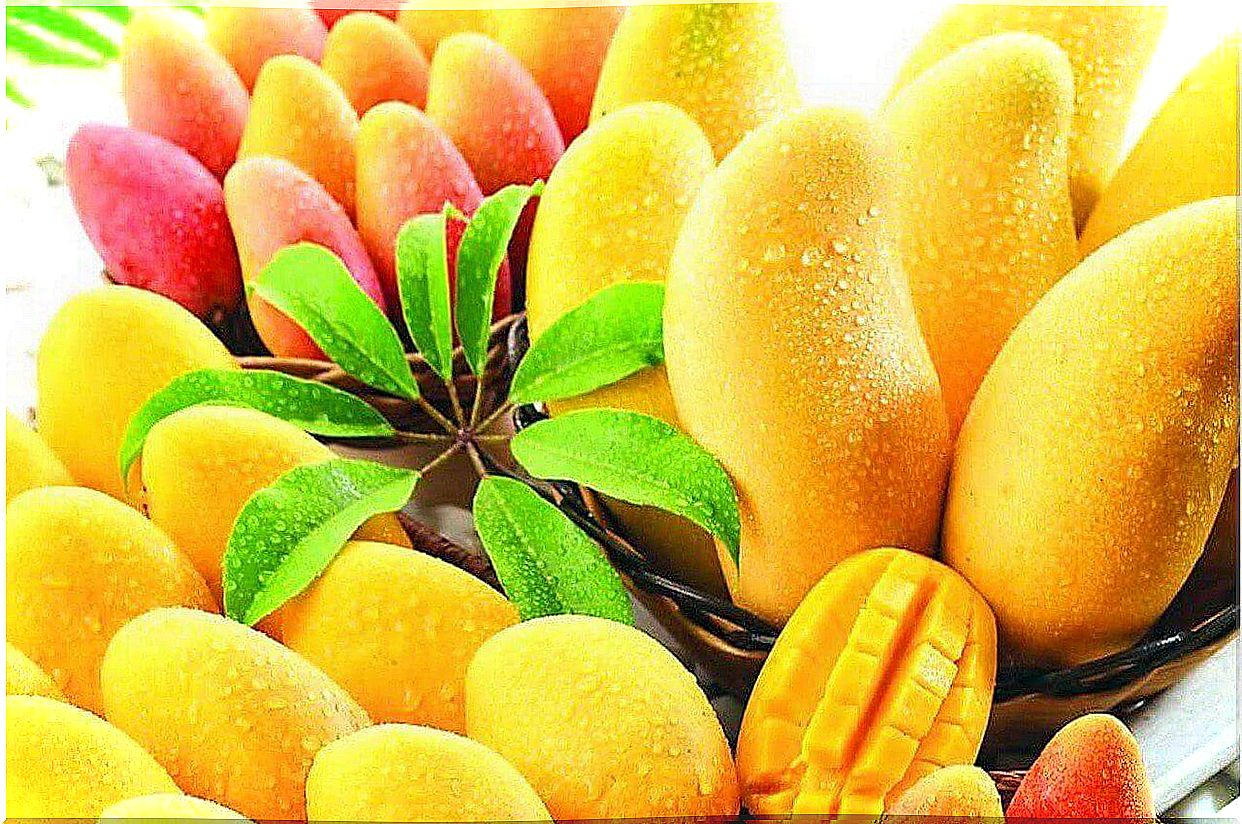
A 2011 study published in the journal Thrombosis Research examined the effects of vitamin E on blood clot formation. What researchers discovered is that the vitamin is able to inhibit platelets, the cells responsible for blood clotting . In this way, vitamin E acts as a natural anticoagulant.
According to the Office of Dietary Supplements , vitamin E can be found in a variety of oils, as well as spinach, broccoli, kiwi, mangoes and tomatoes.
Alcohol
Alcohol is a powerful anticoagulant. The mechanism seems to consist of several parts, namely:
- a reduction in platelet composition
- decreased levels of fibrinogen (a blood-clotting agent)
- an increase in fibrinolysis (the process by which blood clots dissolve)
Foods to Avoid to Prevent Blood Clotting

Foods rich in vitamin K encourage clot formation. Therefore, people prone to thrombosis should avoid consuming them. Foods rich in vitamin K include green leafy vegetables such as:
- Kale
- Spinach
- Broccoli
- asparagus
- Some fruits, such as peaches and bananas
General considerations
However, the big question is how can we avoid becoming a patient or worse, a statistic? The pharmaceutical approach is to take daily low-dose aspirin for the blood to prevent thinning and clotting. However, nature has given us many resources to treat improper blood clotting.
- One of the most commonly used natural options is cod oil.
- The Allium family ( garlic and onion ) works because they contain sulfur and are effective in treating blood pressure problems. Garlic is anti-inflammatory, lowers cholesterol, relaxes blood vessels and reduces platelet agglutination.
- Turmeric or rather its component curcumin, reduces inflammation and the formation of dangerous plaque.
- Ginger promotes circulation, lowers high blood pressure and also prevents the formation of clots.
While fruits and vegetables are part of a balanced diet, an excess can cause complications. If you are being treated with anticoagulants, you should not eat the above foods without restriction. Don’t forget to tell your doctor about the medications you are taking and what your usual diet is.
